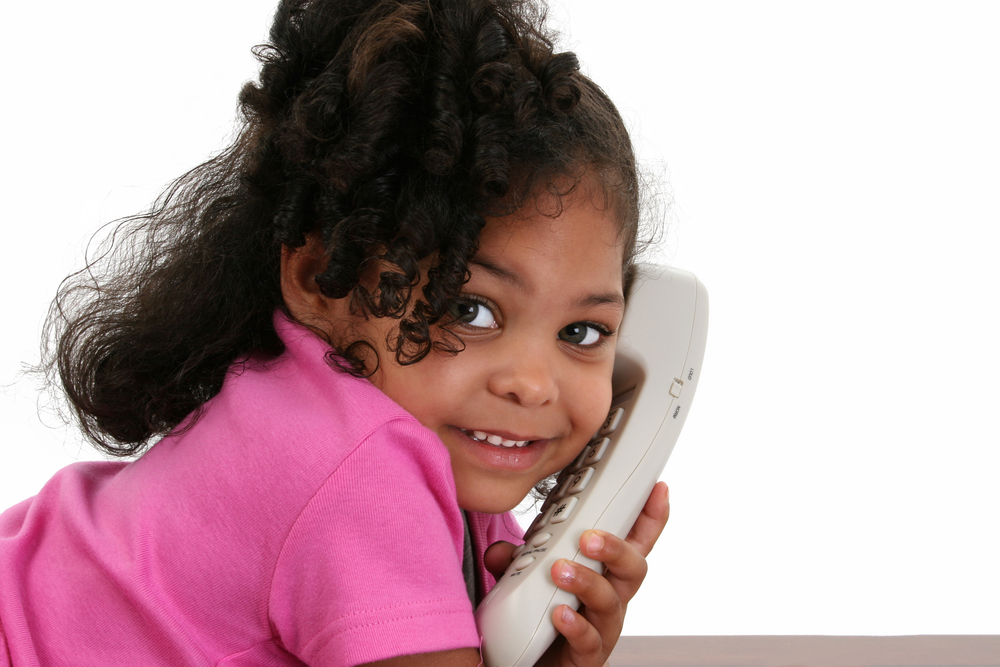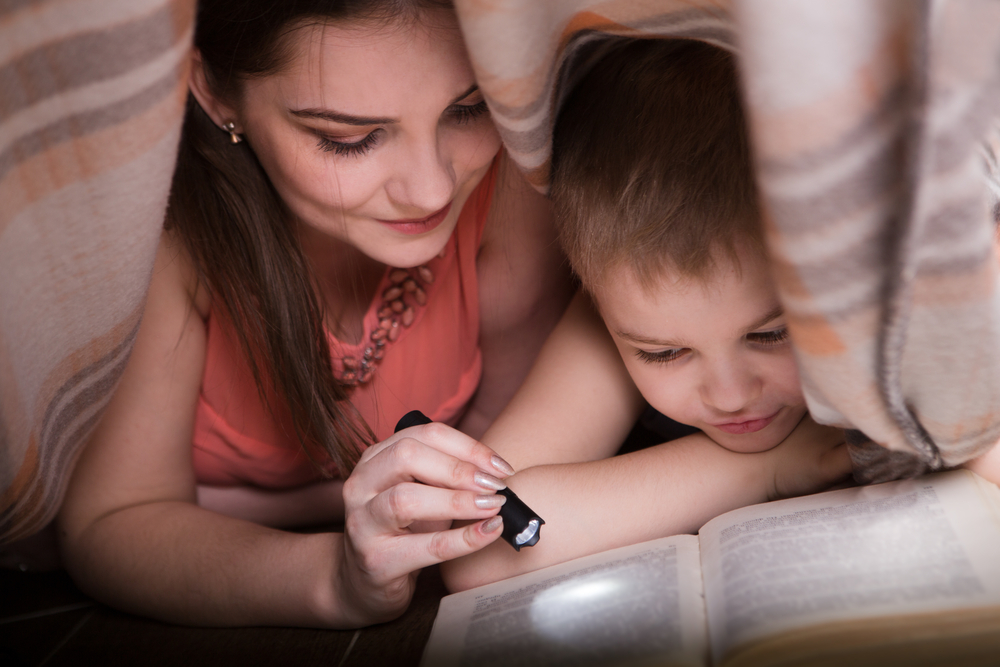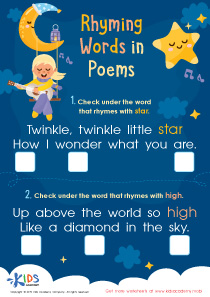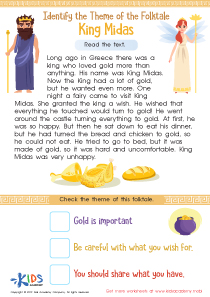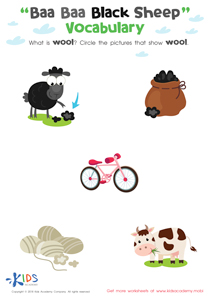Story sequencing Normal Reading Worksheets for 7-Year-Olds
8 filtered results
-
From - To
Enhance your 7-year-old's reading skills with our Story Sequencing Normal Reading Worksheets. Perfectly designed for young readers, these engaging worksheets help kids understand the sequence of events in a story, boosting their comprehension and critical thinking. Each worksheet features fun and relatable stories, followed by exercises that challenge kids to place key events in the correct order. By practicing story sequencing, children improve their ability to recall and organize information, laying a strong foundation for academic success. Ideal for classroom use or at-home learning, these worksheets make mastering reading skills enjoyable and effective.
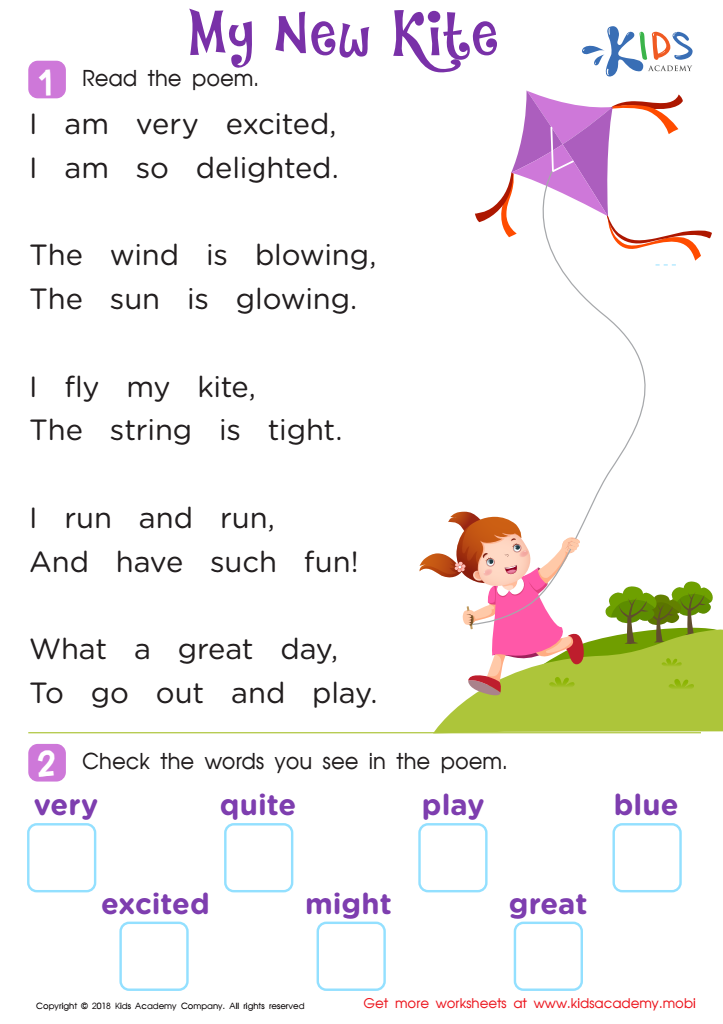

Poem: My New Kite Worksheet
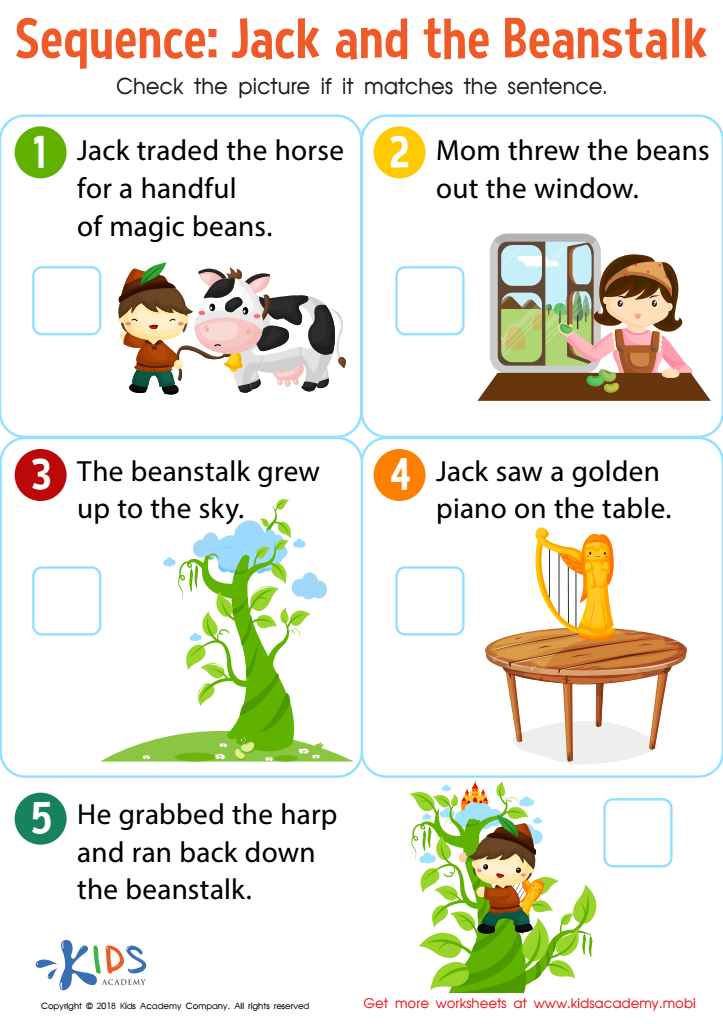

Sequence: Jack and The Beanstalk Worksheet
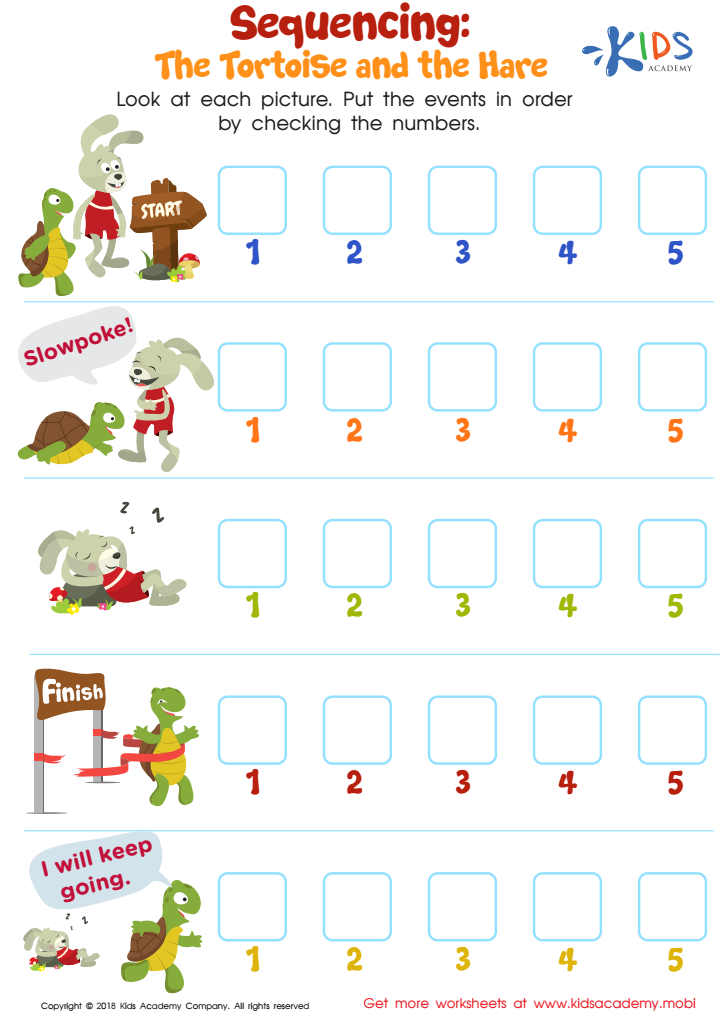

Sequencing: The Tortoise and the Hare Worksheet
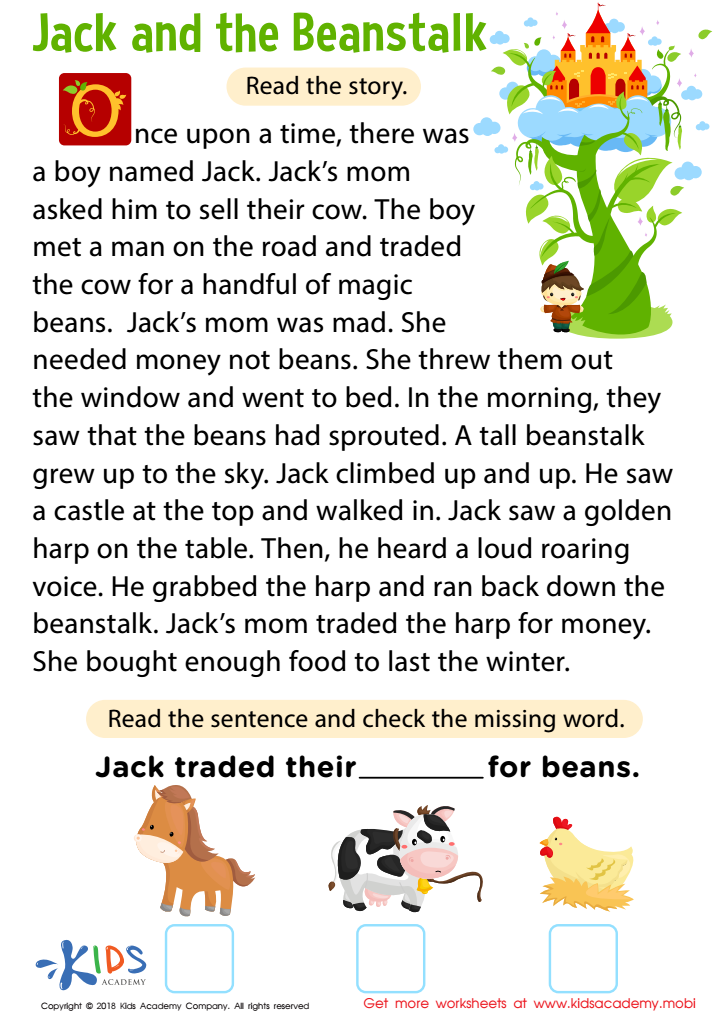

Jack and Beanstalk Worksheet
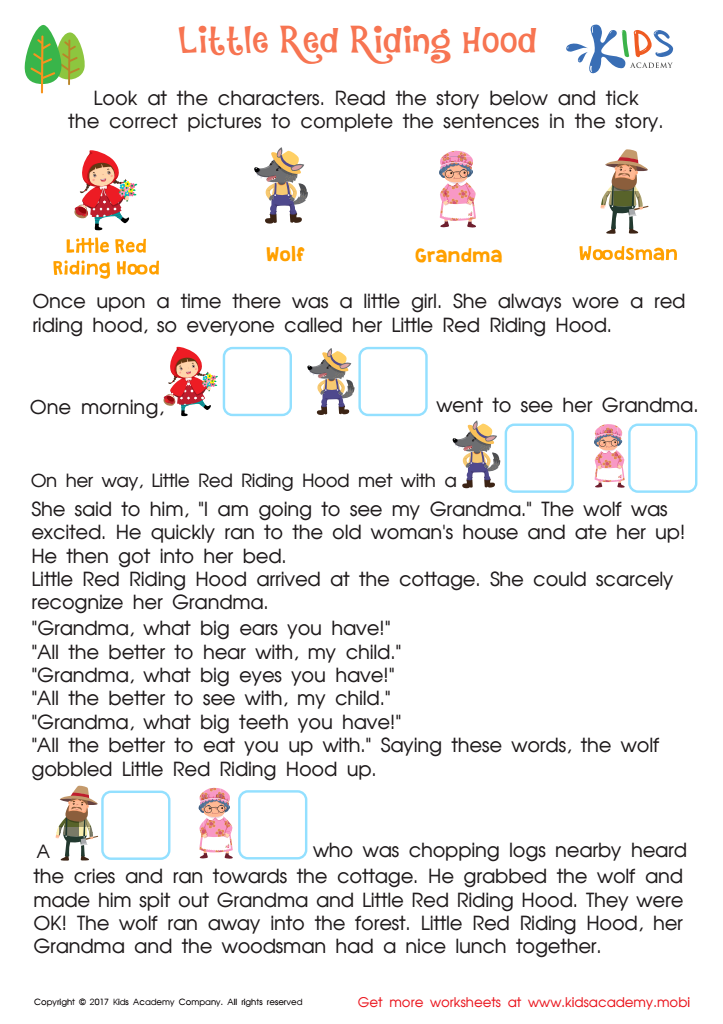

Little Red Riding Hood Printable
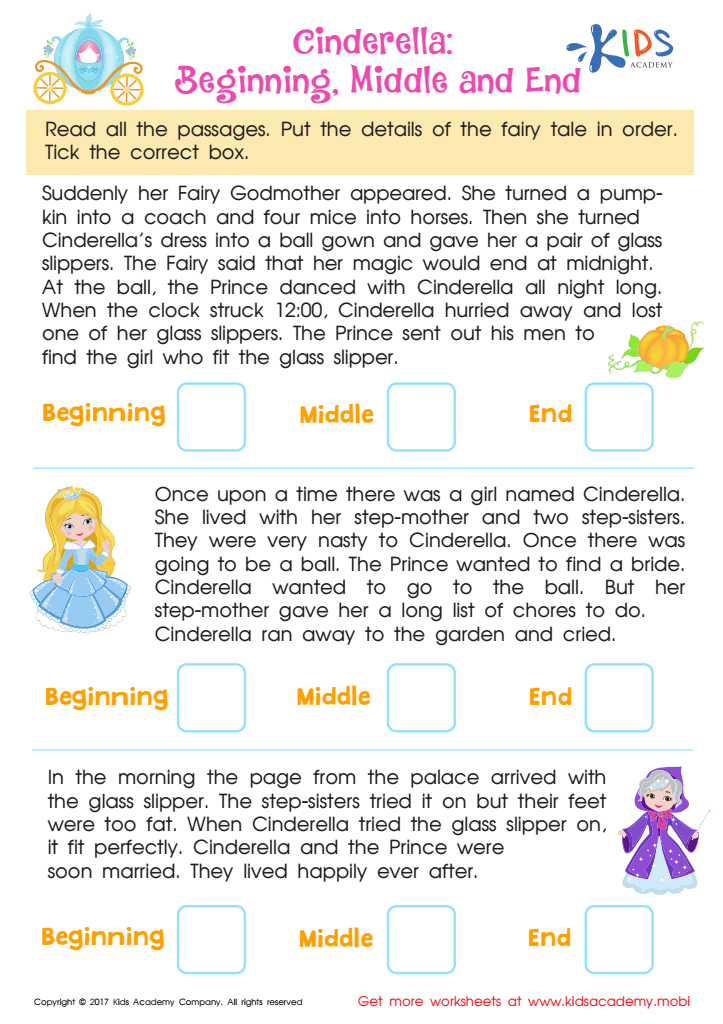

Cinderella: Beginning, Middle and End Worksheet
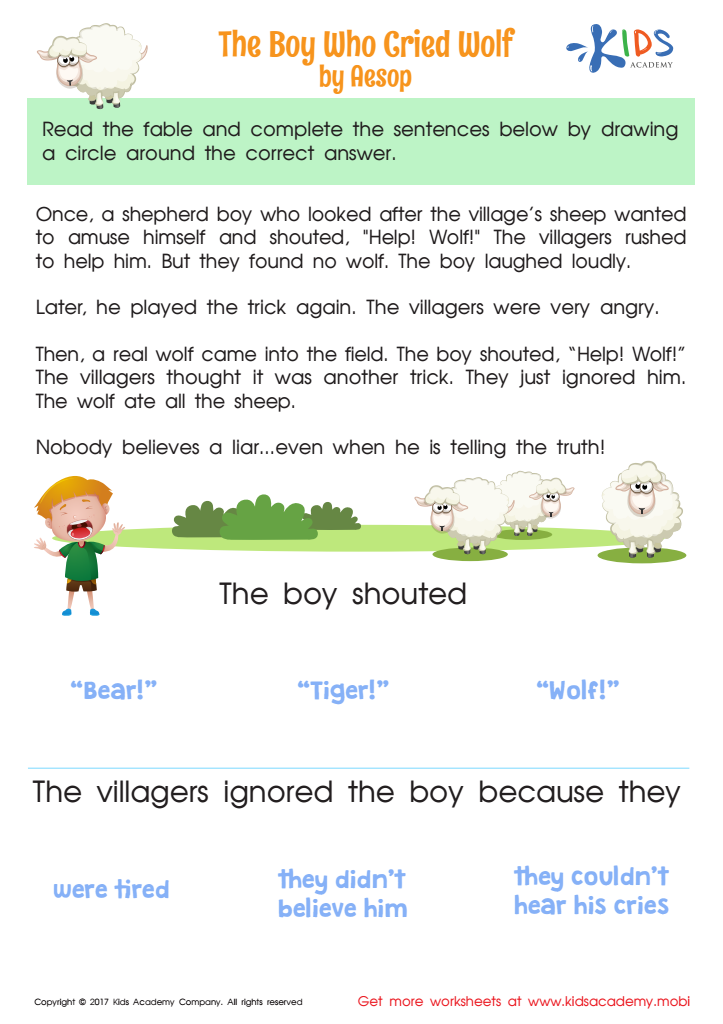

The Boy Who Cried Wolf Worksheet
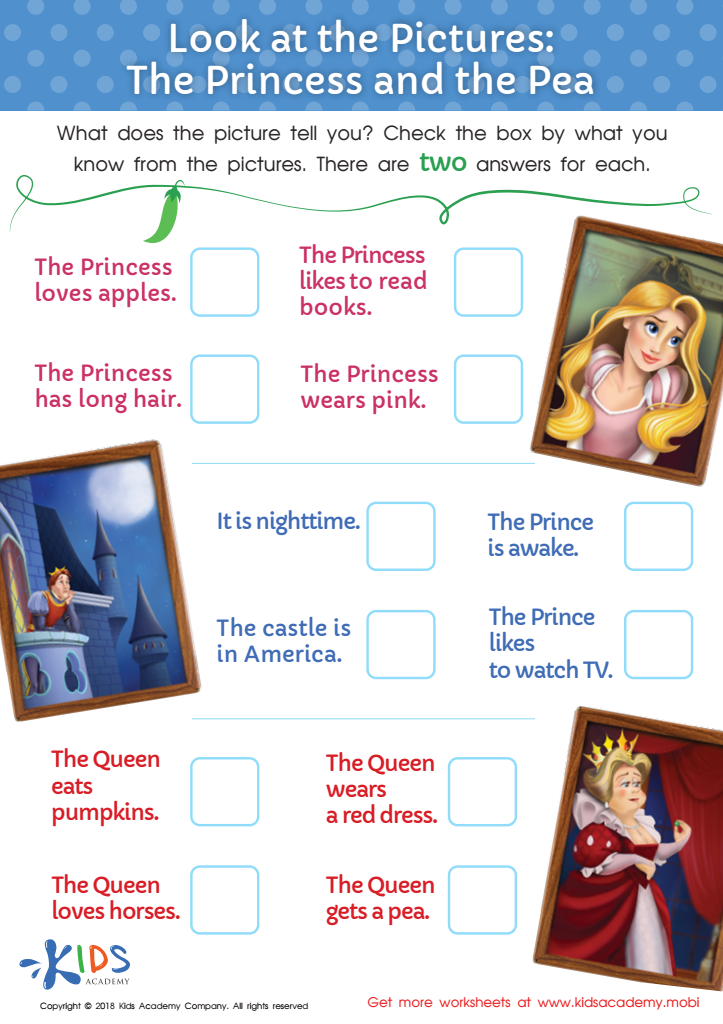

Look at the Pictures: The Princess and the Pea Worksheet
Story sequencing is crucial for 7-year-olds as it enhances their reading comprehension, critical thinking, and narrative skills. When children learn to identify the beginning, middle, and end of a story, they can better understand the plot and its progression. This ability to sequence events fosters deeper engagement with the text, making reading a more enriching experience.
For parents and teachers, focusing on story sequencing helps children develop a logical framework for processing information. This skill is not only fundamental in literacy but also transfers to other areas of learning. For example, being able to break down a series of events methodically aids in solving problems and understanding cause-and-effect relationships. Additionally, mastering story sequencing supports vocabulary development and fluency, as children are naturally more inclined to discuss and retell stories accurately when they understand their structure.
Moreover, story sequencing taps into children's social-emotional development. By understanding characters' actions and consequences, children gain insights into empathy and viewpoints other than their own. When educators and parents prioritize story sequencing, they equip young readers with essential tools for academic success and personal growth. It's an investment in a child’s future literacy and broader cognitive and emotional skills.

 Assign to My Students
Assign to My Students





